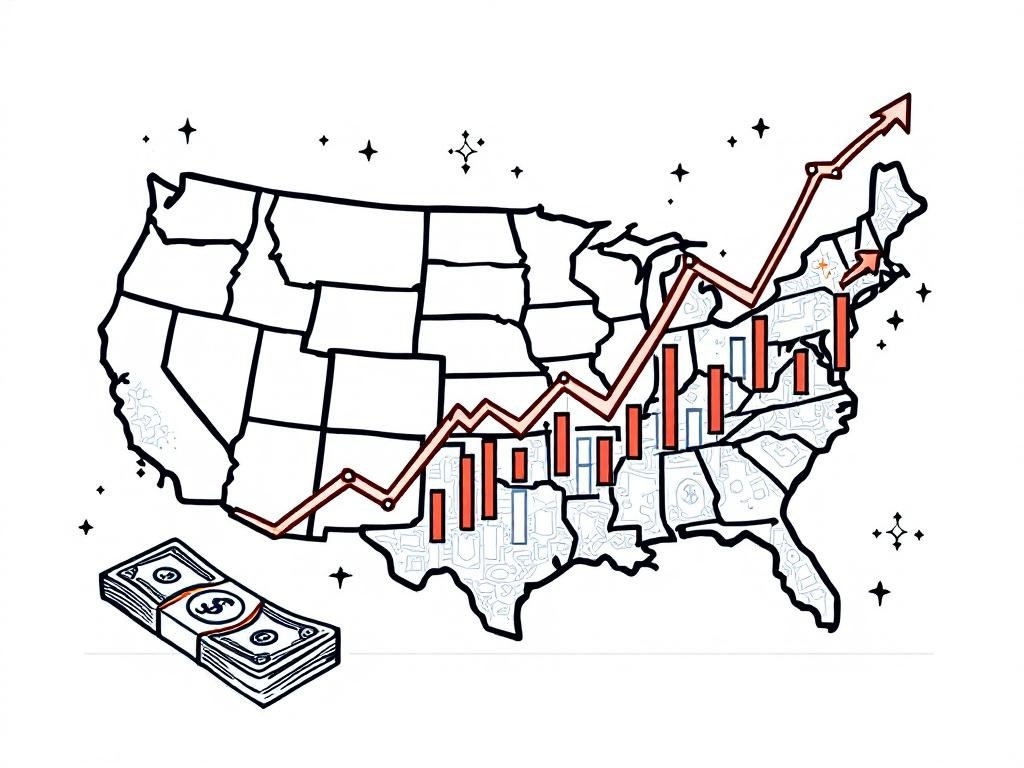U.S. Naloxone Market Set for Major Growth Through 2032

New York, Wednesday, 25 June 2025.
The U.S. Naloxone market is projected to grow from $607.7 million in 2025 to $1,215.5 million by 2032. This growth is driven by rising opioid overdoses and increased emergency treatment demand.
Economic Implications of the U.S. Naloxone Market Expansion
The U.S. Naloxone market is projected to grow from $607.7 million in 2025 to $1,215.5 million by 2032, at a compound annual growth rate (CAGR) of 10% [1]. This anticipated growth is largely driven by an alarming increase in opioid overdose incidents, which exceeded 100,000 deaths in the United States in 2024 alone [1]. This surge underscores the urgent demand for life-saving interventions like Naloxone, influencing various stakeholders in the emergency medical treatment sector [1].
Key Market Drivers and Public Health Initiatives
Key drivers of this market expansion include aggressive public health initiatives and the widespread distribution of naloxone, particularly in North America. These efforts are bolstered by legislative support at state levels, which have relaxed prescription regulations and facilitated broader access [1][2]. Consequently, retail pharmacies are becoming pivotal distribution points as they increasingly offer Naloxone over-the-counter, aiding harm reduction strategies [1][2].
Innovations and Stakeholder Strategies
Pharmaceutical innovations have significantly contributed to this market growth. Intranasal naloxone formulations, favored for their ease of administration in emergency situations, now account for 70% of prescriptions [1]. Companies like Adapt Pharma and Mylan N.V. have capitalized on this trend by optimizing pricing and expanding their product availability, notably boosting their presence in retail pharmacies [1].
Future Outlook and Economic Impact
The projected growth of the Naloxone market has significant implications for the U.S. economy, particularly in the healthcare and pharmaceutical sectors. It reflects a broader shift towards emergency treatment accessibility and enhanced public health readiness [1][3]. This trend may also catalyze further innovations and investments as stakeholders aim to address the ongoing opioid crisis effectively and sustainably [1][2].